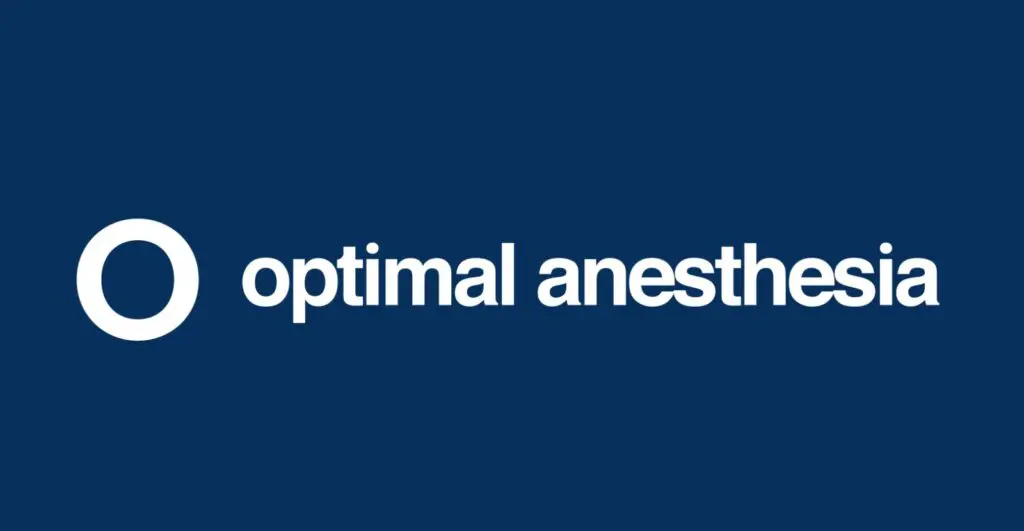Biohazards in Anesthesia: Identification and Mitigation
Introduction:Biohazards in anesthesia refer to biological materials or substances that, if mishandled or improperly disposed of, can pose a risk to the health of healthcare workers, patients, and the environment. These materials may contain infectious agents such as viruses, bacteria, and other pathogens. Proper identification and management of biohazards are essential to ensure safety during … Read more










